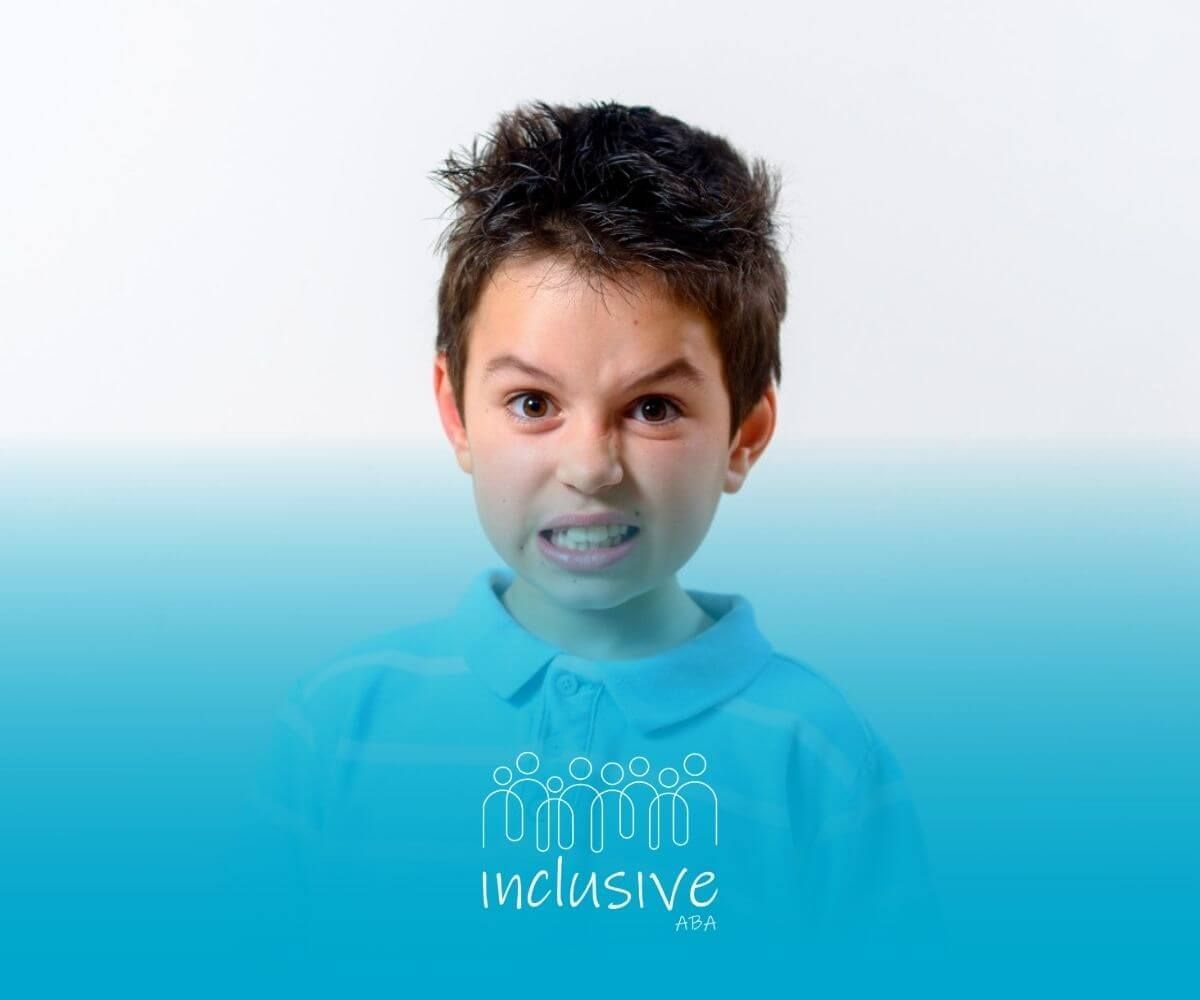Understanding the Link Between Maternal Age and Autism Spectrum Disorder
There’s a lot of talk about maternal age and autism, but not all of it is accurate. Let’s clear up what research really says — and what it doesn’t.
One mom I worked with felt pressured by misinformation online. She worried her age alone “caused” her child’s autism. Through our work together, she came to see that her child’s progress and growth mattered far more than statistics.
Why Maternal Age Comes Up in Autism Discussions
Autism spectrum disorder is complex, and researchers have spent years studying possible autism risk factors. One of the most consistent findings across studies is that advanced maternal age may be linked to a higher likelihood of autism in children.
What the Research Says About Maternal Age and Autism
Several studies suggest that mothers over the age of 35, and especially over 40, may have a higher chance of having a child with autism compared to younger mothers.
However, it’s important to keep in mind that “higher risk” does not mean “high probability.” Most children born to older mothers do not develop autism.
Why Maternal Age Might Play a Role
Scientists don’t fully understand why maternal age is associated with autism, but some theories include:
- Genetic changes that occur more frequently with age
- Pregnancy complications that are more common in advanced maternal age pregnancies
- Environmental exposures over time that may influence development
Other Factors That Influence Autism Risk
It’s essential to remember that autism is never caused by one single factor. Maternal age alone cannot explain autism spectrum disorder.
Genetic Contributions
Research shows that autism has a strong genetic component. Families with a history of autism or related developmental differences may have a higher chance of autism, regardless of maternal age.
Paternal Age and Autism
It’s not just maternal age that may matter. Some studies also link paternal age — especially fathers over 40 — to a slightly increased autism risk. This suggests that age-related changes in both parents may contribute.
Environmental and Prenatal Influences
Researchers are also studying how maternal health and prenatal factors may play a role, such as:
- Maternal infections during pregnancy
- Exposure to certain medications or toxins
- Birth complications or very low birth weight
Understanding Risk vs. Cause
One of the most important things I emphasize to parents is the difference between risk factors and causes.
Maternal age is a risk factor, meaning it may increase the likelihood of autism, but it does not directly cause autism. Many families with advanced maternal age pregnancies have neurotypical children, and many younger mothers have children with autism.
Why Parents Shouldn’t Blame Themselves
When I work with families, I often see parents worrying about whether their choices or circumstances “caused” autism. Please know: autism is not your fault.
Maternal age is just one of many influences, and it doesn’t define your child’s future. Autism is a natural difference in brain development — not something that results from a mistake.
Supporting Children With Autism, Regardless of Maternal Age
Whether autism is linked to maternal age, genetics, or other factors, the most important focus is on supporting children after diagnosis. Early intervention is proven to make a significant difference in helping children develop skills in communication, social interaction, problem-solving, and daily living.
At Inclusive ABA, we specialize in creating individualized ABA therapy programs designed to meet each child’s unique strengths and needs. We proudly serve families in Nevada, Nebraska, Colorado, Utah, Iowa, and Ohio.
Our services include home-based ABA, school-based ABA, and ABA parent training to empower families with the tools to support their children’s growth in everyday life.
If you’re seeking compassionate, evidence-based support for your child, reach out to us today.
FAQs
Does advanced maternal age cause autism?
No. Advanced maternal age is linked to a higher likelihood of autism, but it does not directly cause autism. Many factors, including genetics, play a role.
Is paternal age connected to autism too?
Yes. Some research shows that older fathers may also contribute to a slightly increased autism risk, though genetics and environment remain key factors.
What should parents focus on after an autism diagnosis?
Instead of focusing on risk factors, families should prioritize early intervention and support. ABA therapy helps children gain communication, social, and daily living skills.
Sources:
- https://pubmed.ncbi.nlm.nih.gov/21311979/
- https://pmc.ncbi.nlm.nih.gov/articles/PMC7396152/
- https://www.thetransmitter.org/spectrum/link-parental-age-autism-explained/
- https://news.ki.se/large-age-gaps-between-parents-increase-risk-of-autism-in-children
- https://www.nature.com/articles/mp201570
Looking for Expert Help? We're Here for You!
Our compassionate and skilled team is devoted to enhancing your child's development through customized ABA therapy. Let us partner with you to create a supportive environment for your child's success.
Discover how we can help your family thrive with expert ABA therapy.
Related Posts







